BlackBerry Key2 vs iPhone: Keyboard Face-Off
BlackBerry's repeated attempts to revive the physical keyboard are admirable, but first the company must recapture what made its keyboards so special in the first place.
Physical keyboards may have disappeared from smartphones, but that hasn't stopped TCL, which now builds phones for BlackBerry, from continuing the legacy.
There's a small but vocal contingent of users who still prefer traditional typing to touch screens. For them, the just-unveiled BlackBerry Key2 (or last year's BlackBerry KeyOne) is the only way to get that experience in a modern device.
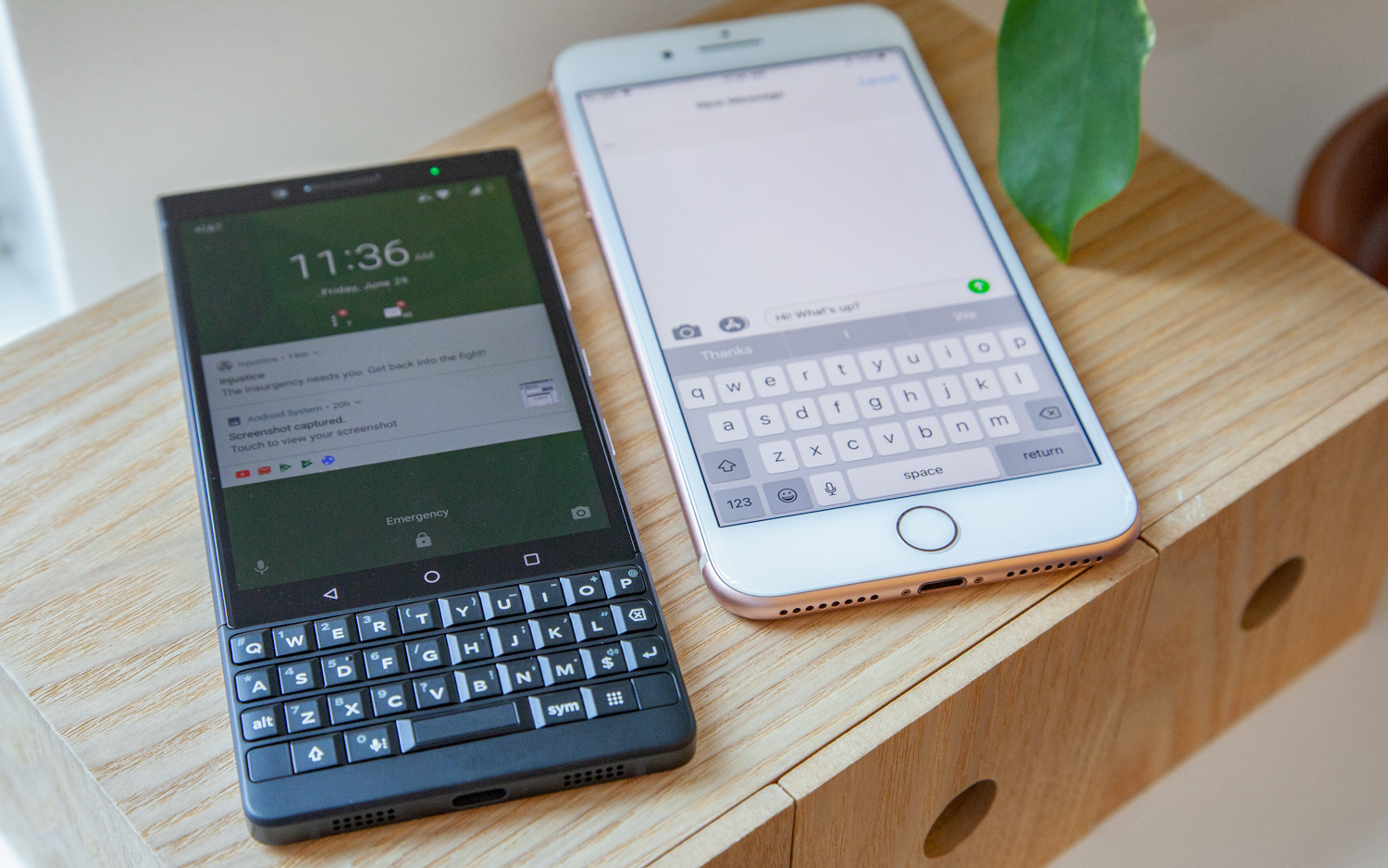
But to do that, you'll have to give up some things that other phones offer — namely, a wide-screen display, a top-of-the-line processor, facial recognition and excellent photography.
That invites the question: Does the Key2's keyboard really justify choosing it over the likes of the iPhone X, Google Pixel 2 or Samsung Galaxy S9? To find out, I asked a few colleagues to test the phone and weigh in.
What is it like going from years of digital typing back to miniature buttons? Do the Key2's extra perks, like its trackpad capabilities and programmable shortcuts, sweeten the proposition? Here's what my colleagues had to say.
It takes some getting used to
We compared the Key2's typing experience to that on an iPhone 8 Plus, and recorded our typing speed using 10FastFingers.com. Not surprisingly, everyone who participated was much faster with the iPhone.
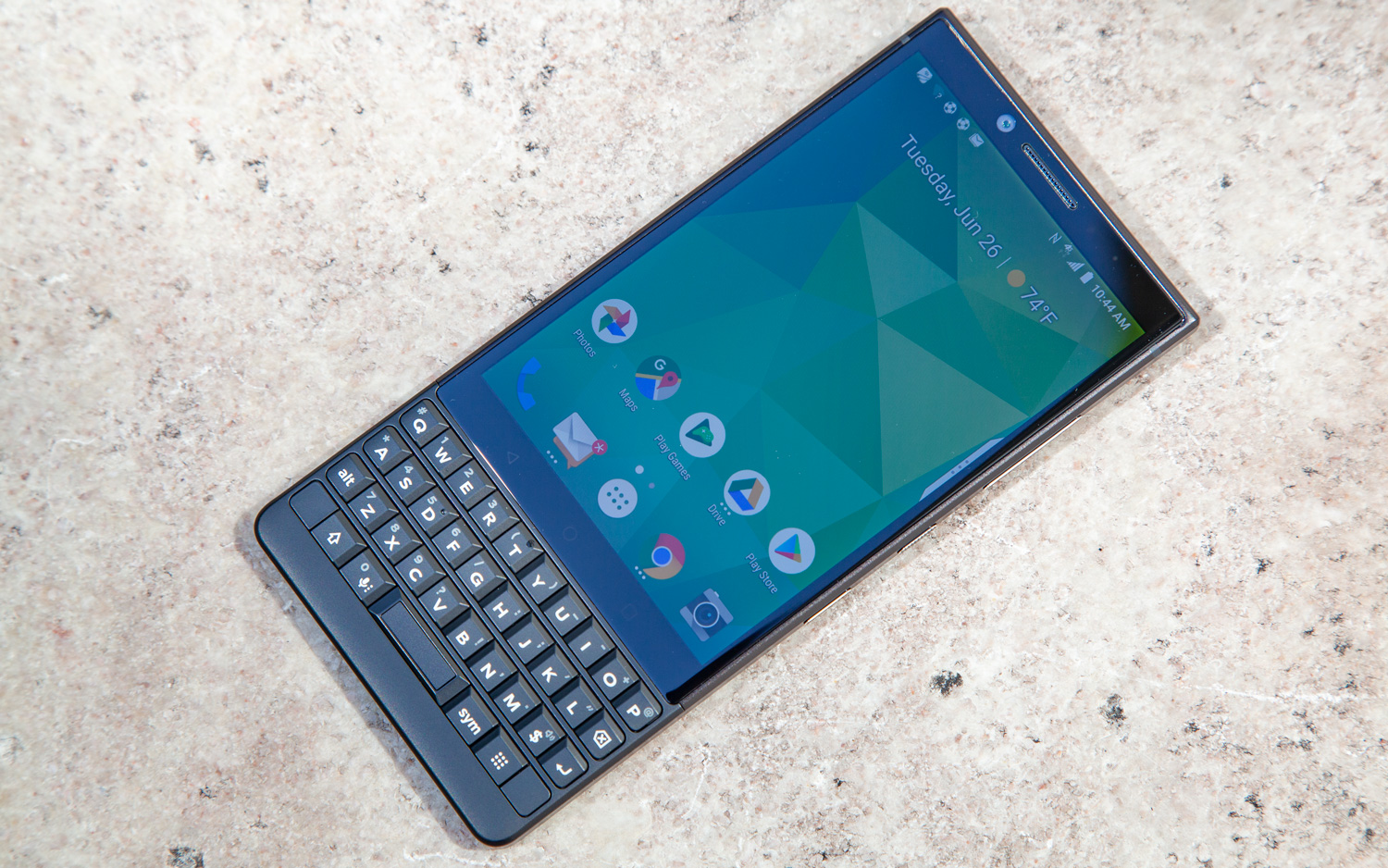
Is that truly because the iPhone's keyboard is better, or just because our thumbs are more used to it now? Possibly a combination of both, though our familiarity with touch screens now definitely plays a significant role. Using the Key2, Tom's Guide senior writer Henry Casey and editor Paul Wagenseil both recorded 13 words per minute on 10FastFingers' minute-long test. For comparison, on the iPhone, Casey got up to 47 wpm, and Wagenseil topped out at 20 wpm.
Get instant access to breaking news, the hottest reviews, great deals and helpful tips.
MORE: Best Smartphones on the Market Now
Wagenseil previously owned a BlackBerry Bold, a phone fondly remembered for its keyboard, which many regard as BlackBerry's best. Not coincidentally, it's the very same keyboard that Gareth Hurn, global head of devices for BlackBerry Mobile, said he and his team looked to for guidance while developing the Key2.

"I really did like the old BlackBerry keyboards," Wagenseil said. "You could type so fast; I do miss it. But [the one on the Key2] isn't as good."
The Bold's key rows were ergonomically curved, and its key caps were more scalloped and separated. The Key2's rows are straight, which doesn't naturally follow the movement of your thumbs. Furthermore, because the keys are right up against one another, it's not as easy to discern them — something Casey echoed the moment he laid his hands on the Key2.
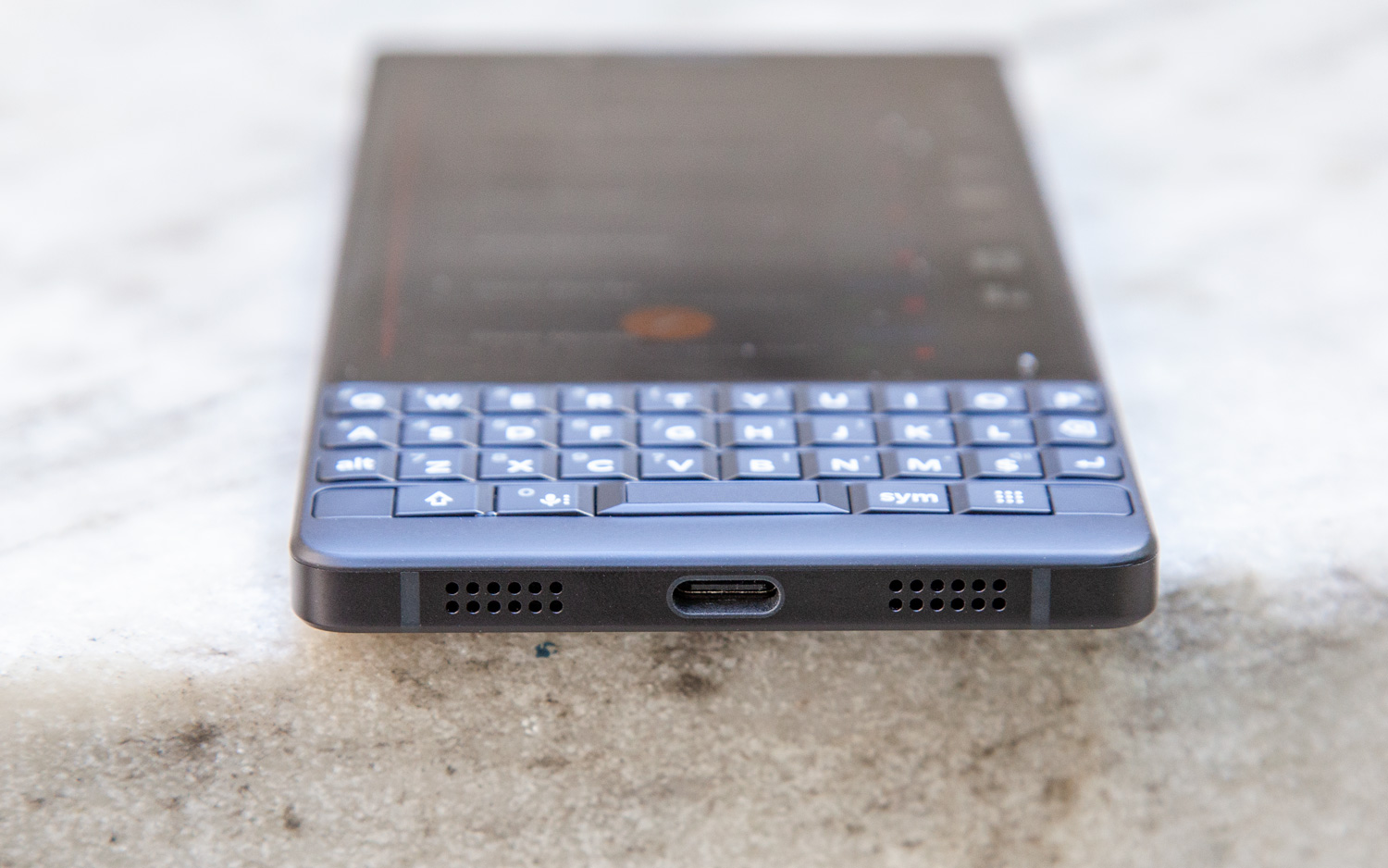
"The keys are just too close together," Casey said in a defeated tone. "I gotta say, though, I think the [Key2's] beveled keys are a clever-ish solution to a big problem, because if they were all flat, it would be even harder to learn."
With repeated attempts, Editor-In-Chief Mark Spoonauer got very close to reproducing his 37-wpm record on the iPhone with the Key2, where he maxed out at 32 wpm. However, Spoonauer still echoed Wagenseil's sentiments, saying he couldn't type as accurately as he could on his old BlackBerry Curve.
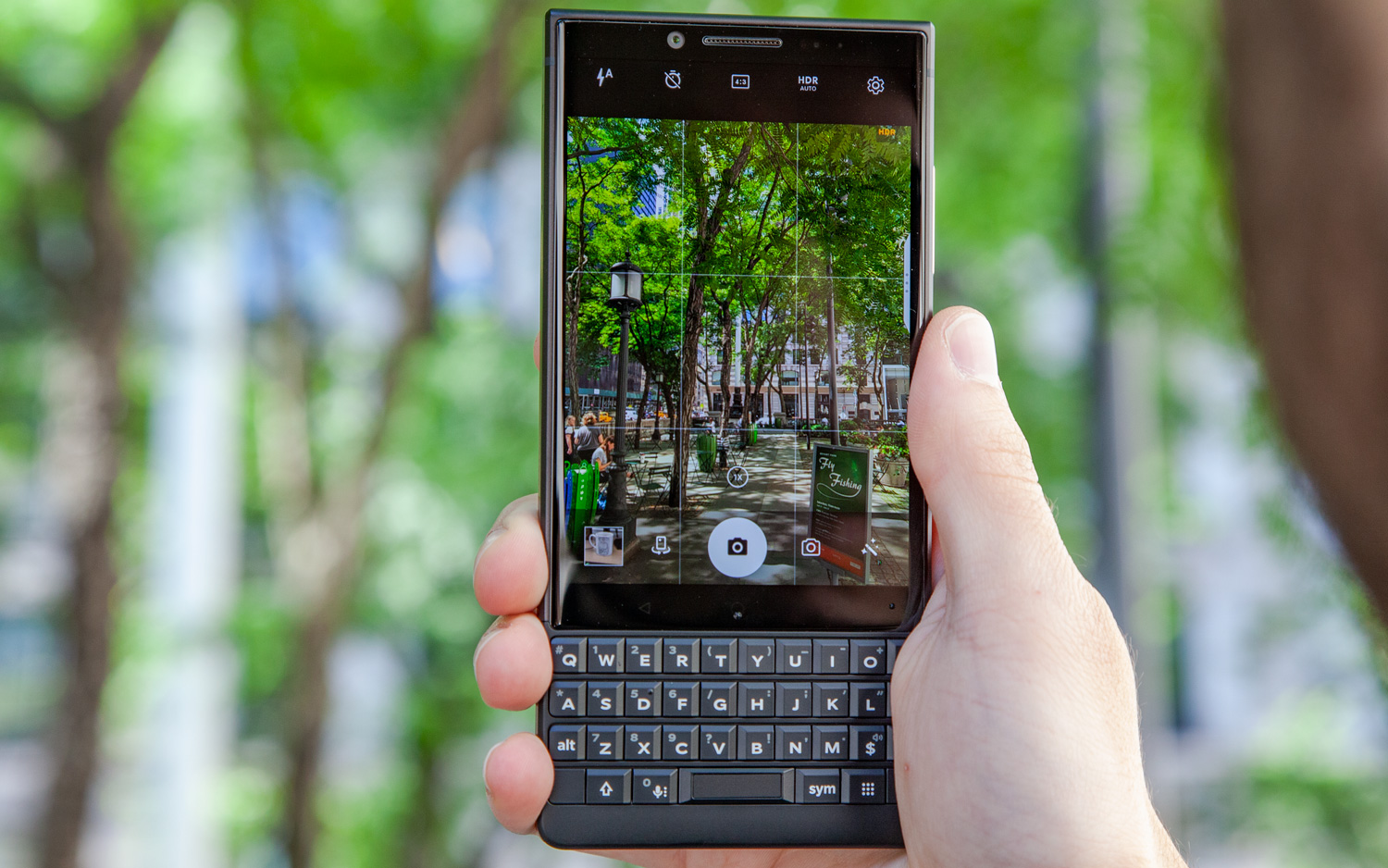
"I actually thought that the [Key2's] key feel was a little mushy for me, compared to the BlackBerry keyboards that I used to really like," Spoonauer said. "With the BlackBerry Curve, and I think even to a certain extent the Bold, there was more stiffness to it, and you could actually hear the click.
"I used to go into meetings like I do today, and I take notes," he added. "But I miss a lot when I take notes on my iPhone. But the Curve — I was just as good on that, though not necessarily as fast, as I am on my laptop. It was just second nature.”
The extra features are winners, though
So the keyboard in the latest BlackBerry can't compare to one of the brand's best. However, it does have a few party tricks that the Bold and Curve never could pull off.
For one, there's a fingerprint sensor baked right into the spacebar. And thanks to the Key2's new Speed Key, users can program up to 52 shortcuts for specific apps and services, in tandem with either long or short presses of the device's letter keys. That saves you time when multitasking that would otherwise be spent returning to the home screen or thumbing through recent apps.
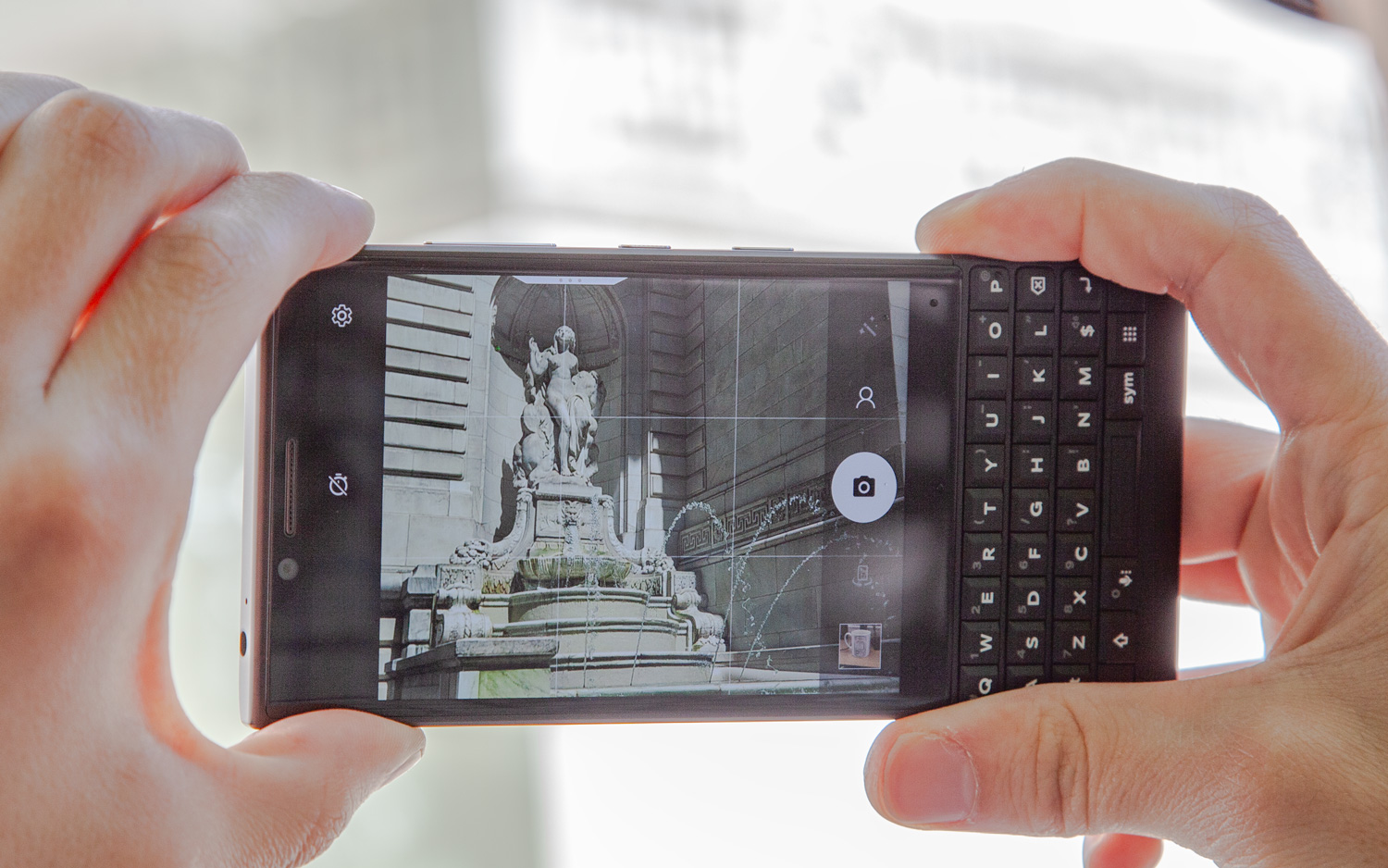
But what our panel really appreciated was the keyboard's ability to double as a trackpad, depending on the content on-screen. This feature allows you to scroll through websites in Chrome without obscuring content as might happen on a display with an on-screen keyboard. It's an odd feeling at first — much like returning to a physical keyboard — although everyone who tried it saw the value straight away.
"It means that the keyboard isn't useless when you're not typing," Casey said. "They're trying to enhance the usefulness of the keyboard."
There's probably no going back
That brings us back to the original question: Is the Key2's keyboard satisfying enough to poach BlackBerry fans of old from today's leading phone makers? By now, you could probably guess the answer isn't an affirmative one.
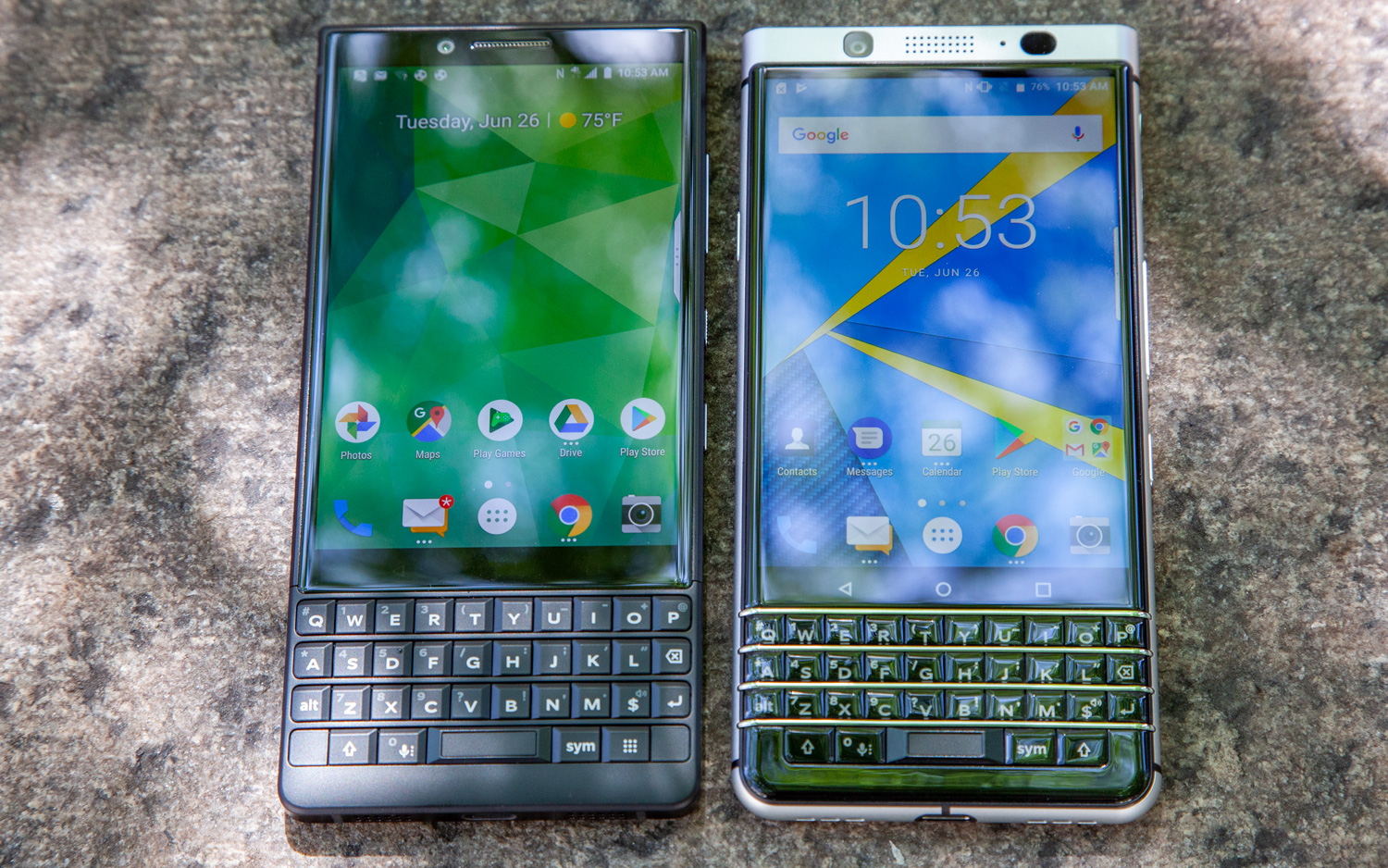
Even putting aside everything users give up in opting for the Key2 over those other devices with faster processors, more vibrant displays and better cameras, the keyboard isn't even on a par with BlackBerry's best work from a decade ago. But what if it were?
"Then maybe I'd consider it,” Wagenseil said, "especially if they could still include a full wide-screen display, with the Bold's keyboard."
Spoonauer was less hopeful.
"The ship has sailed," he said. "I feel like you do get that sort of rush of nostalgia when you start typing at first. But it's jarring to have to almost, in a way, relearn how to type. I could see that there's still an appeal out there, though."
MORE: Smartphones with the Longest Battery Life
TCL may have correctly identified the kind of keyboard BlackBerry fans want from their devices when it name-dropped the Bold, but the company didn't do a very good job of re-creating it. You could make an argument that the Key2 is the sleekest-looking handset ever to bear the brand's name, or argue that its keyboard is a fair bit better than the KeyOne's. Until TCL can deliver an interface as clicky and precise as those of 10 years ago, however, none of that will matter. And by the time it does, how many fans will still be waiting patiently?
Credit: Tom's Guide
Adam Ismail is a staff writer at Jalopnik and previously worked on Tom's Guide covering smartphones, car tech and gaming. His love for all things mobile began with the original Motorola Droid; since then he’s owned a variety of Android and iOS-powered handsets, refusing to stay loyal to one platform. His work has also appeared on Digital Trends and GTPlanet. When he’s not fiddling with the latest devices, he’s at an indie pop show, recording a podcast or playing Sega Dreamcast.
-
mikeydodds Years of practice on all touches, of course you're faster. Compare yourself to somebody like me and you don't stand a chance in regards to accuracy or speed.Reply
Touch typed on my BlackBerry passpsort se. ?
